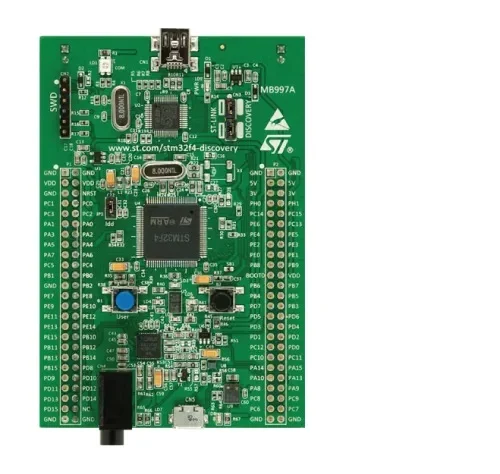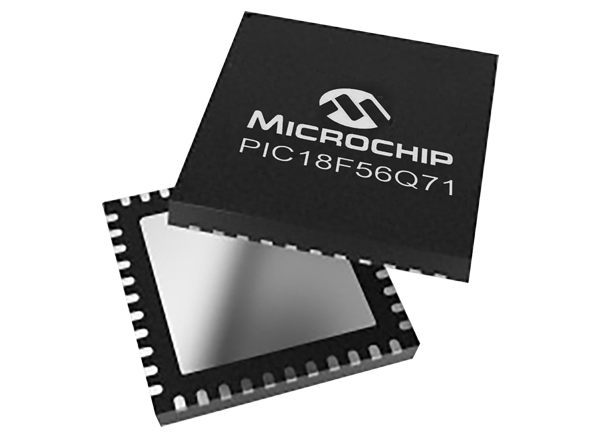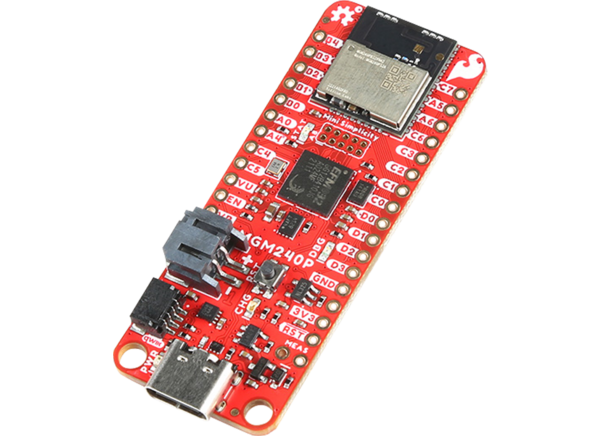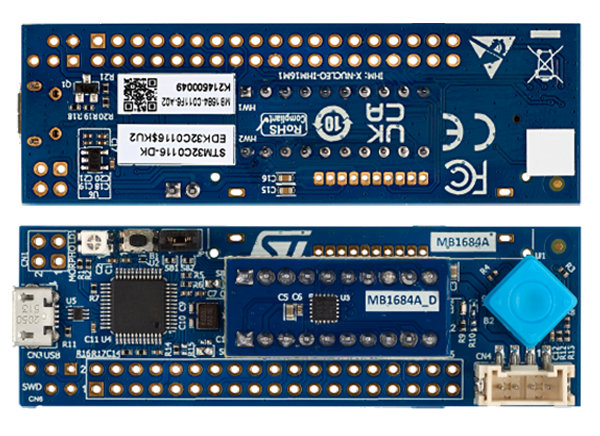The STM32F4DISCOVERY Discovery kit leverages the capabilities of the STM32F407 high-performance microcontrollers, to allow users to develop audio applications easily. It includes an ST-LINK/V2-A embedded debug tool, one ST-MEMS digital accelerometer, one digital microphone, one audio DAC with integrated class D speaker driver, LEDs, push-buttons, and a USB OTG Micro-AB connector.
FEATURES
- STM32F407VGT6 microcontroller featuring 32-bit Arm® Cortex®-M4 with FPU core, 1-Mbyte Flash memory and 192-Kbyte RAM in an LQFP100 package
- USB OTG FS
- ST MEMS 3-axis accelerometer
- ST-MEMS audio sensor omni-directional digital microphone
- Audio DAC with integrated class D speaker driver
- User and reset push-buttons
- Eight LEDs:
- LD1 (red/green) for USB communication
- LD2 (red) for 3.3 V power on
- Four user LEDs, LD3 (orange), LD4 (green), LD5 (red) and LD6 (blue)
- Two USB OTG LEDs, LD7 (green) VBUS and LD8 (red) over-current
- Board connectors:
- USB with Micro-AB
- Stereo headphone output jack
- 2.54 mm pitch extension header for all LQFP100 I/Os for quick connection to prototyping board and easy probing
- Flexible power-supply options: ST-LINK, USB VBUS, or external sources
- External application power supply: 3 V and 5 V
- Comprehensive free software including a variety of examples, part of STM32CubeF4 MCU Package, or STSW-STM32068 for using legacy standard libraries
- On-board ST-LINK/V2-A debugger/programmer with USB re-enumeration capability: mass storage, Virtual COM port, and debug port
- Support of a wide choice of Integrated Development Environments (IDEs) including IAR Embedded Workbench®, MDK-ARM, and STM32CubeIDE
APPLICATIONS
- Analog and digital sensors in mixed-signal edge nodes and single-chip applications
- Lighting
- Motor control
- Medical
- Home automation
- Automotive
- Internet of Things (IoT)






